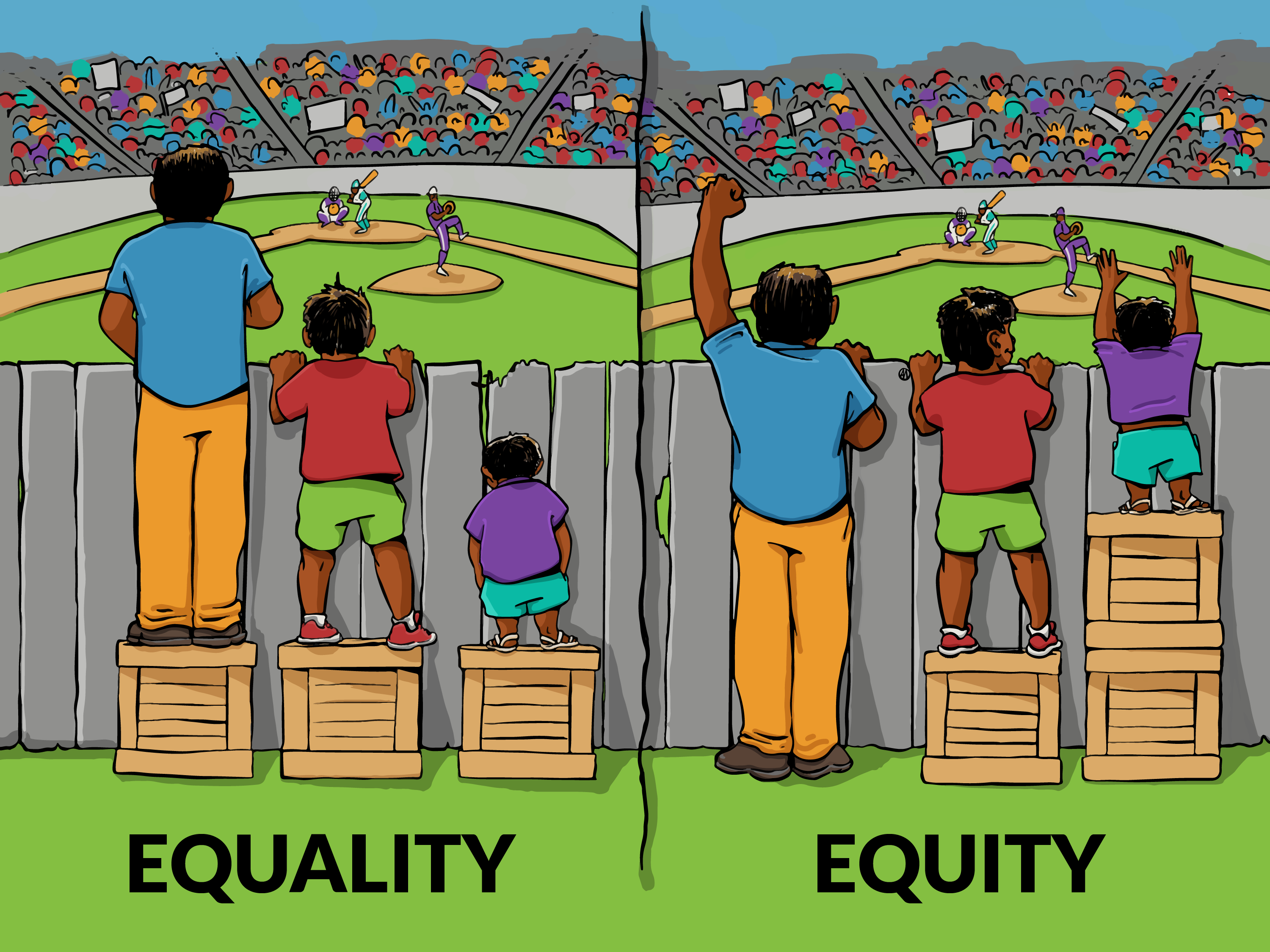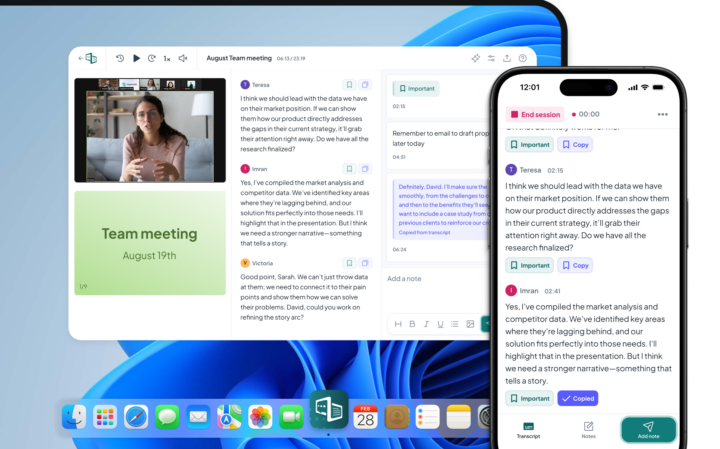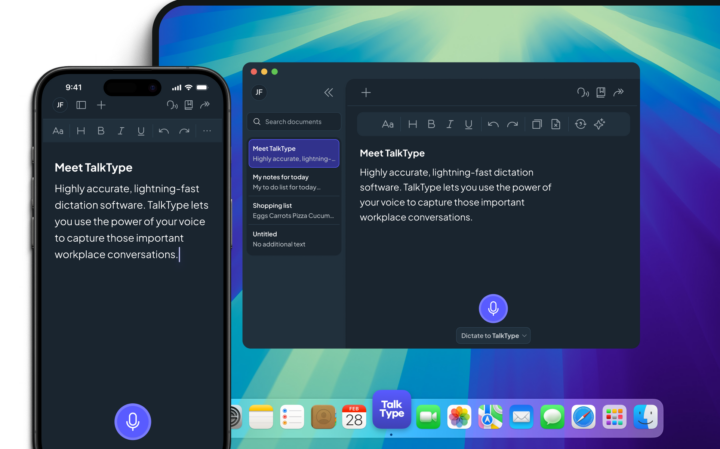Defining Equality and Equity
Equality
Equality means treating everyone the same, providing the same resources and opportunities to all individuals, regardless of their unique circumstances.
Equity
Equity involves recognising that each person has different needs and circumstances. It focuses on providing individuals with the specific resources and opportunities they need to achieve equal outcomes.
It advocates for those who may have been disadvantaged, making it more difficult for them to be successful and have access to the same opportunities as others. It takes into account all the factors that people may face when determining what is fair.





